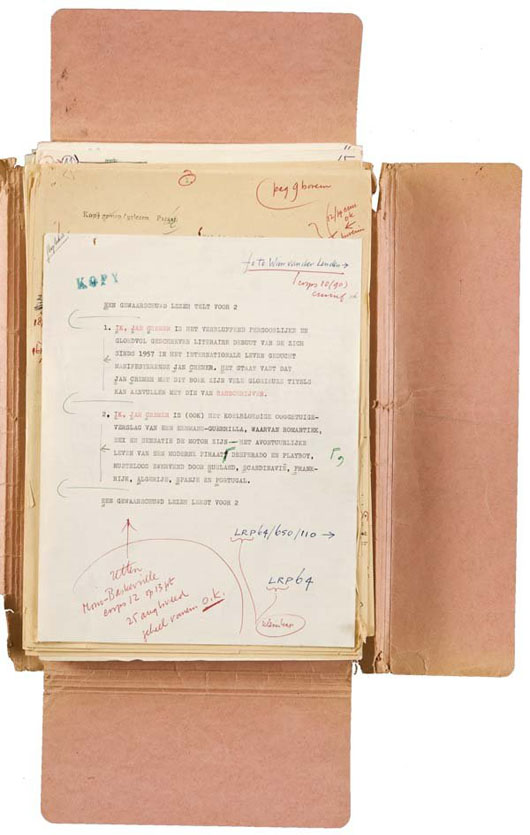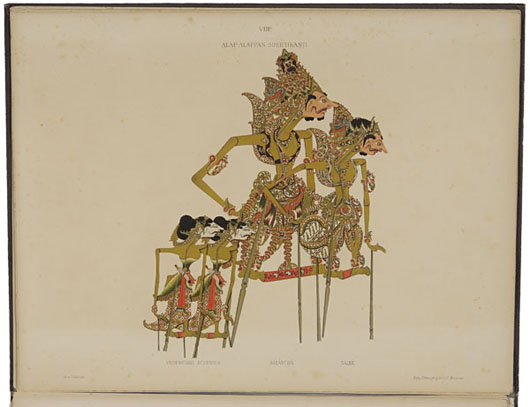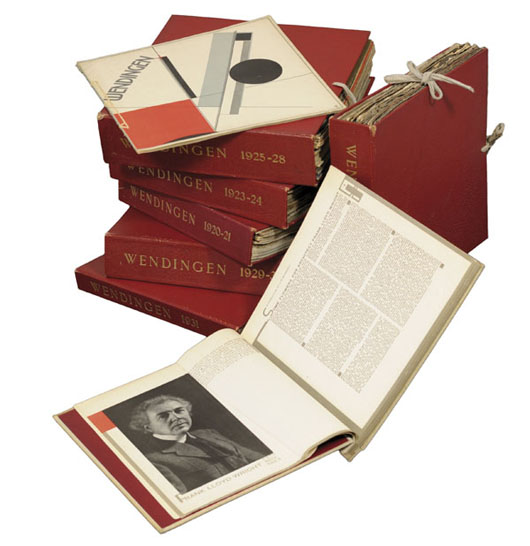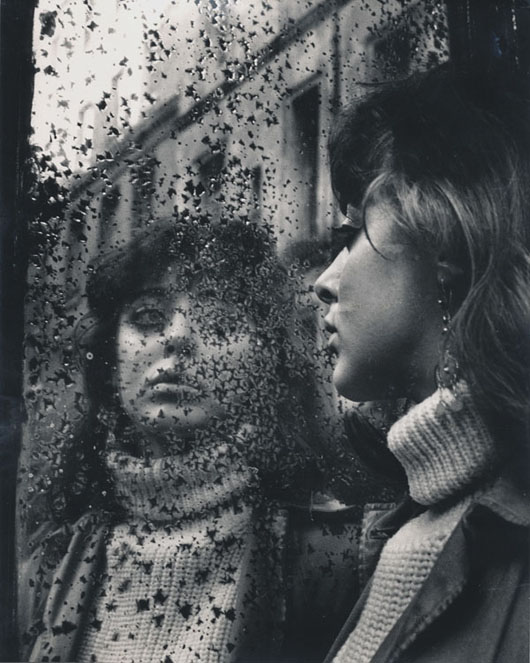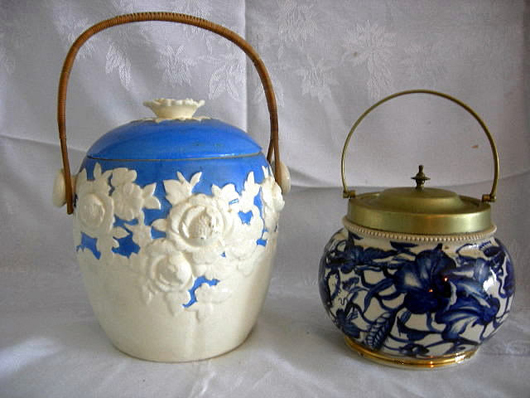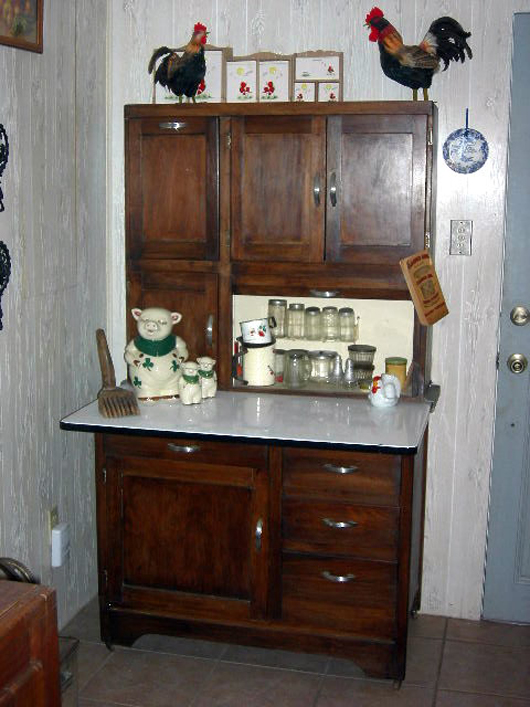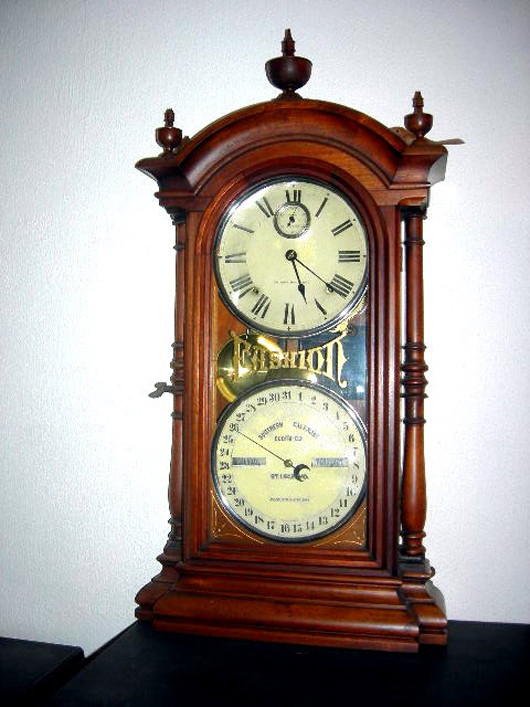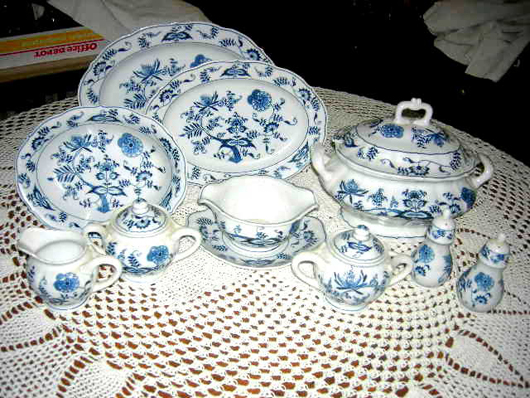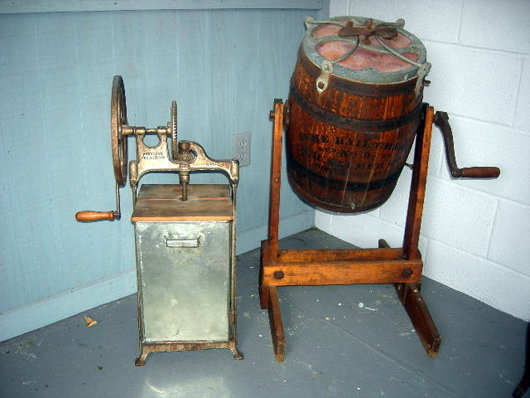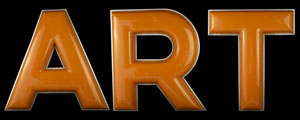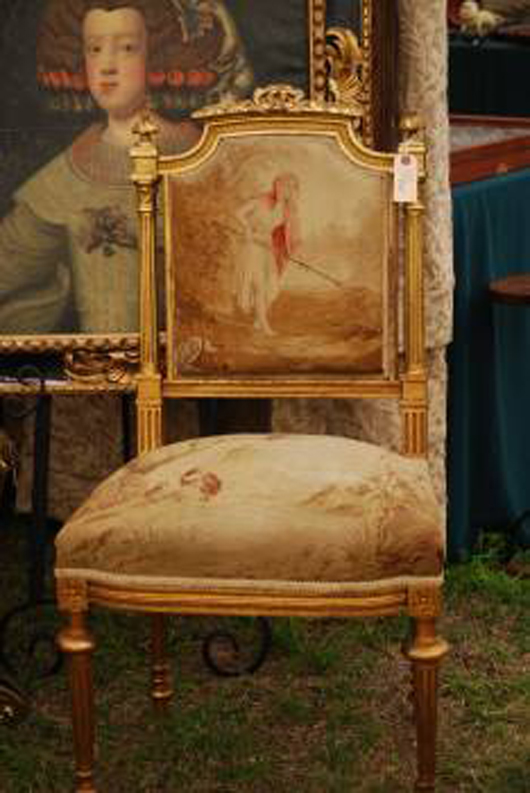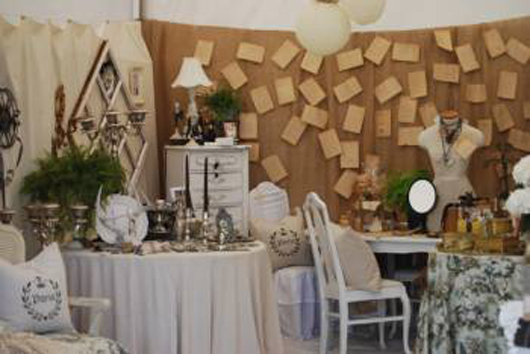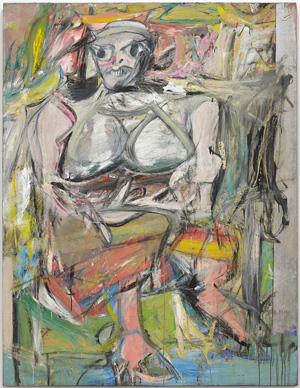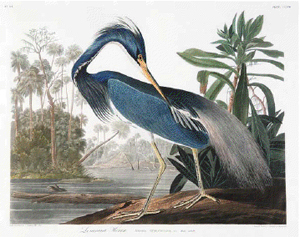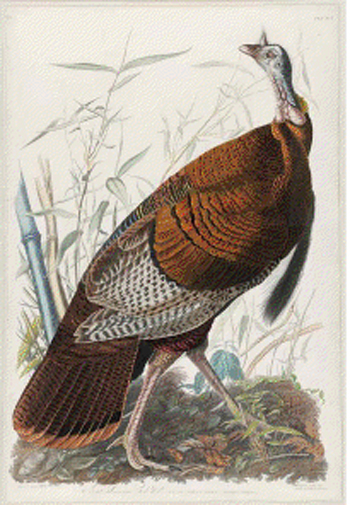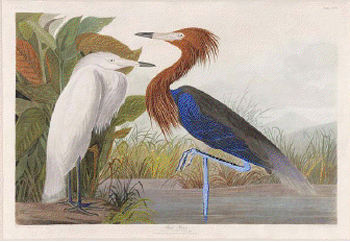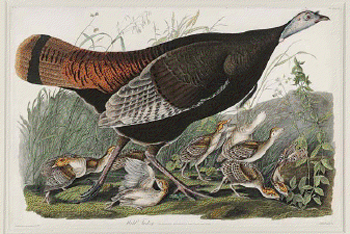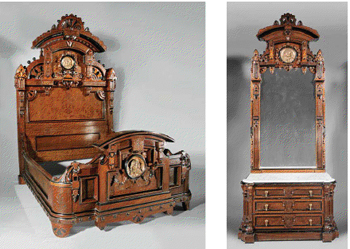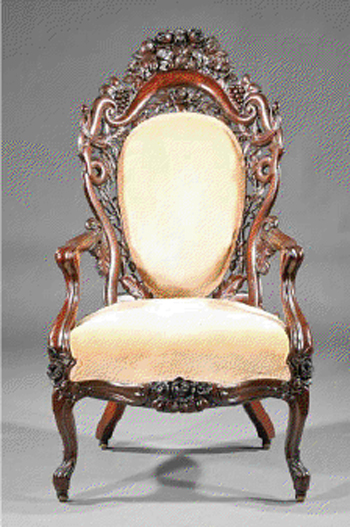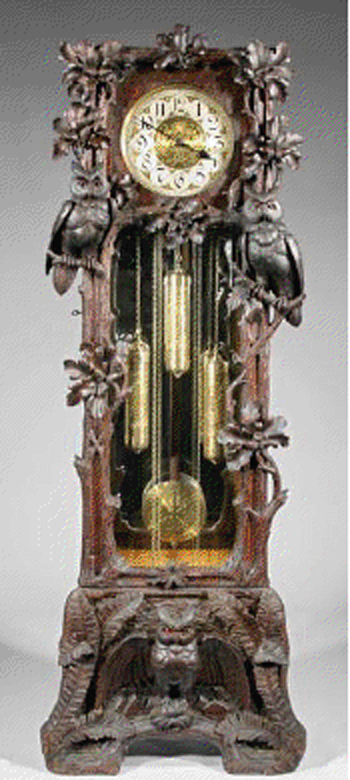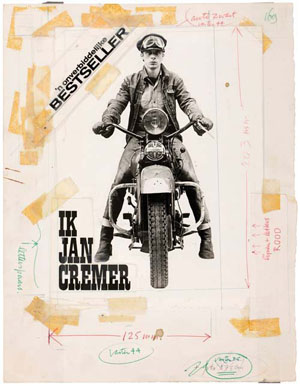
AMSTERDAM – The original 1964 manuscript for the novel some consider to be the European equivalent of Kerouac’s On the Road is the centerpiece of Adams Amsterdam’s Oct. 2 Rare Books, Prints & Art auction.
The book titled Ik Jan Cremer (I, Jan Cremer) – the story of hedonistic journey that takes the main character from prisons to the foreign legion, with countless sexual escapades in between – has sold more than 12 million copies worldwide. Adams Amsterdam Auctions partner and book expert Piet van Winden describes Cremer’s tour de force as “more than a novel…It’s one of the real crown jewels of the cultural history of the Netherlands.”
The autographed manuscript comes in a portfolio that includes original designs, collages and cover art, as well as the publicity campaign as strategized by Cremer. At auction, it is expected to make $275,000-$340,000.
The Oct. 2 sale features more than 800 rare books, manuscripts, maps, prints, paintings, photographs and other works of art, with Internet live bidding provided by LiveAuctioneers.com.
In addition to the Jan Cremer lot, highlights also include an extra illustrated 3-volume “De Wit edition” of J. Blaeu’s important Toonneel der steden van de Vereenighde Nederlanden, met hare beschrijvingen (Amsterdam, 1649-1700). This famous town atlas with Dutch text includes the plans and maps of all the cities, fortresses and sieges of the mid to late-17th-century Dutch Republic. Estimate: $123,000-$163,000.
A fascinating lot among the rare books is a beautiful, hand-colored copy of the deluxe edition of Johannes Frederik van Overmeer Fisscher’s Bijdrage tot de kennis van het Japansche Rijk, published in Amsterdam in 1833. This work dealing with Japanese life and culture was written by a Dutch civil servant who left home at an early age to travel to the Dutch East Indies and Deshima – an artificial island in the Bay of Nagasaki that was the site of a Dutch trading post and factory. Estimate: $5,000-$7,000.
Equally interesting is a large collection of fencing books, including the only Dutch treatise on the subject, Grondige beschryvinge van de edele ende ridderlijcke scherm- ofte wapen-konste by Johannes Georgius Bruchius (Leyden, 1671). Also to be auctioned is Alessandro Senese’s beautifully illustrated and much sought-after Il vero maneggio di spada (Bologna, 1660).
Two striking emblem books include Daniel Heinsius’ Nederduytsche poemata with illustrations by Crispijn de Passe (Amsterdam, 1618) and Roemer Visscher’s Zinne-poppen (Amsterdam, 1669).
The earliest German description of the world, Sebastian Münster’s Cosmographei, will be available in two editions, both published in Basel, one in 1550 and one in 1578, the latter containing a map of the New World. Also, the auction includes two different editions (first edition 1604 and second edition 1618) of Karel van Mander’s classic artists manual Het schilder boeck.
A unique and almost complete series of works illustrated by artist Joost Veerkamp comes from the collection Gert Jan Hemmink. The auction features part one of the collection; part two will be offered in a future sale at Adams Amsterdam.
Map collectors will find an outstanding collection of cartographic material in the sale, including maps by Blaeu, Waghenaer, Ortelius and many other masters of the craft. Among the holographic material, the highlight is an original letter handwritten by Albert Schweitzer to Wilhelmina, Queen of the Netherlands from 1898 to 1948. The letter comes from the collection of Thijs Booy (1923-2003), who was the private secretary to the Queen after she abdicated in favor of her daughter, Juliana.
Sixty wooden drawers and 25 smaller wooden boxes contain beetles and butterflies, including Curculionidae, Papilionidae, Pienidae, Sphinidae and Circumbycidae. “These would make for a marvelous entomological collection,” van Winden noted.
Another outstanding private collection contains photographs Ed van der Elsken took of his muse, the Australian artist Vali Myers, for his book Een liefde in St Germain des Prés. Also included are three original paintings by Myers.
Other artists represented in the sale include Appel, Van Heel, Van Leperen, Zadkine, Ponsioen, Toorop, Bart van der Leck and Mauve. An exciting collection of photographs by Eva Besnyö also will be offered.
For information on any lot in the sale, call 011 31 20 320 11 31 or e-mail mail@adamsamsterdam.com.
View the fully illustrated catalog and sign up to bid absentee or live via the Internet at www.LiveAuctioneers.com.
# # #
ADDITIONAL LOTS OF NOTE
